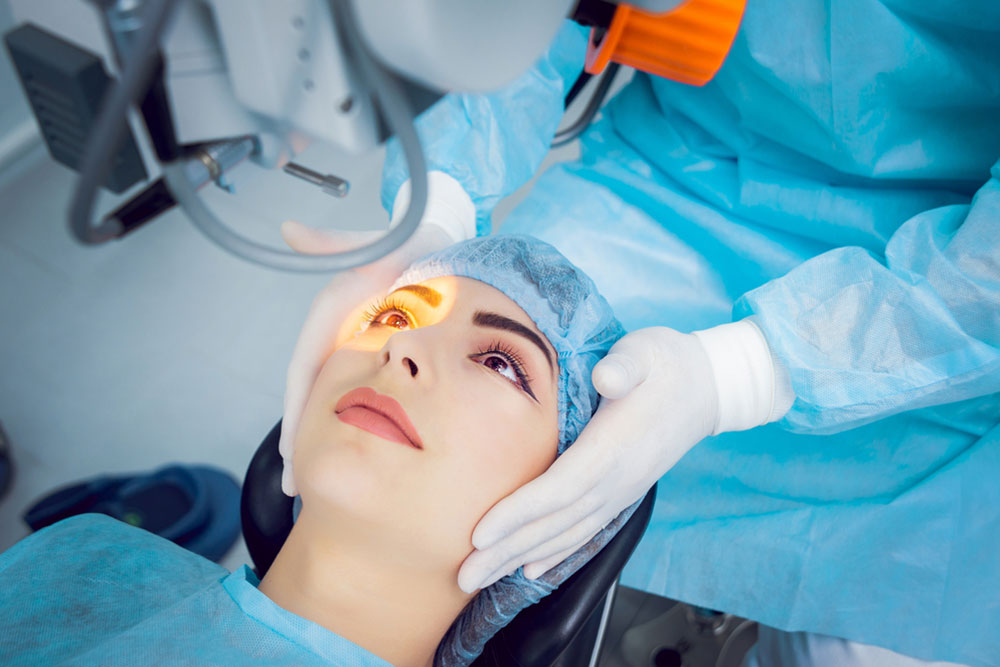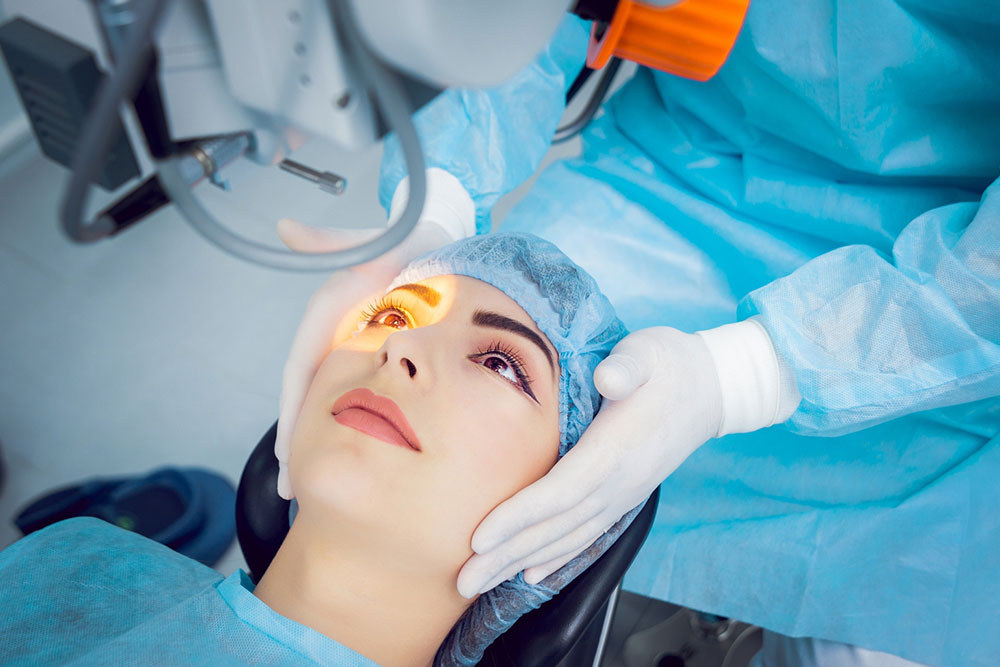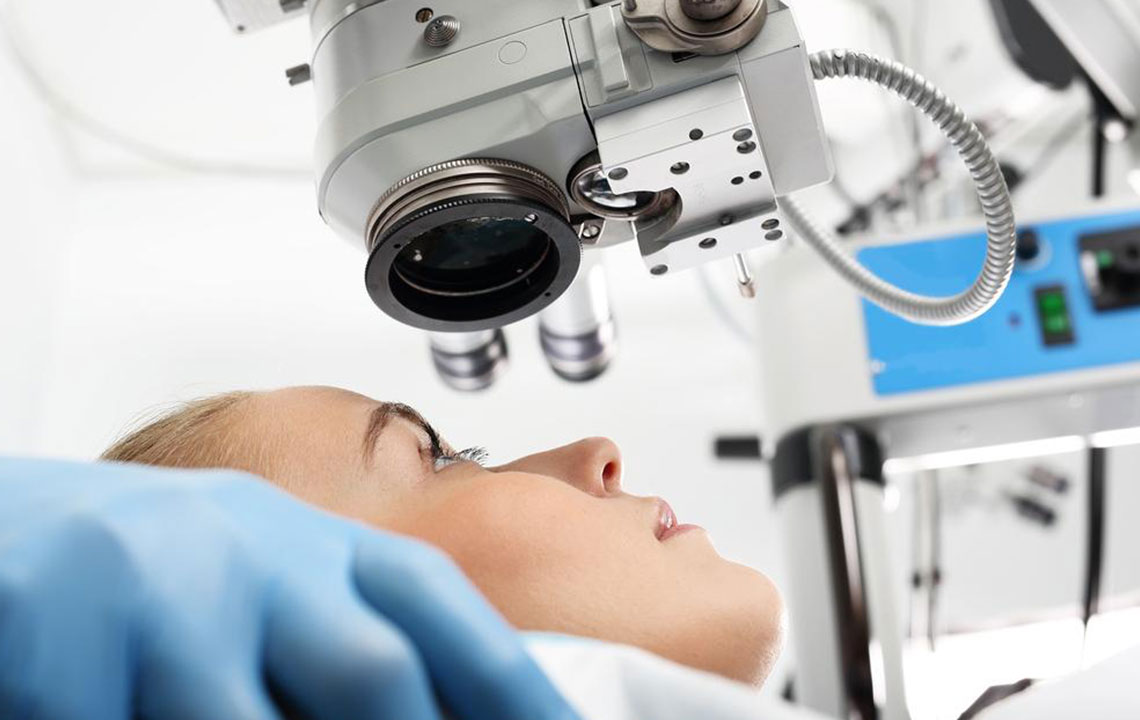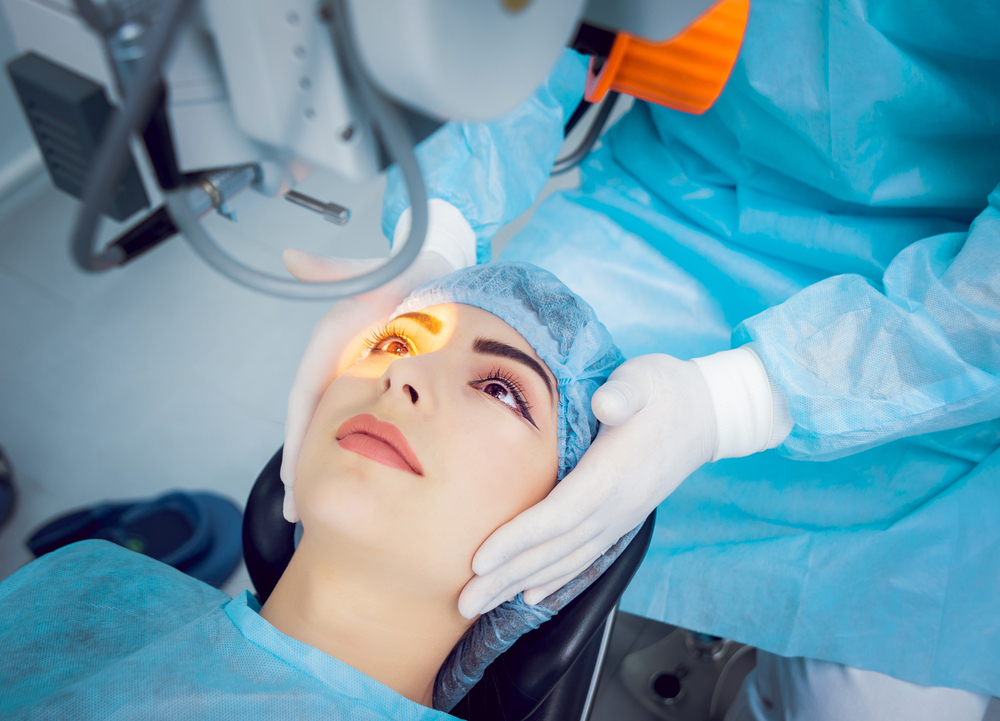Comprehensive Guide to Factors Influencing Successful LASIK Eye Surgery
This comprehensive guide covers essential considerations for LASIK eye surgery, emphasizing the importance of choosing the right clinic, understanding costs, and knowing what to expect during recovery. It offers valuable insights for prospective patients to make informed decisions about their vision correction journey.
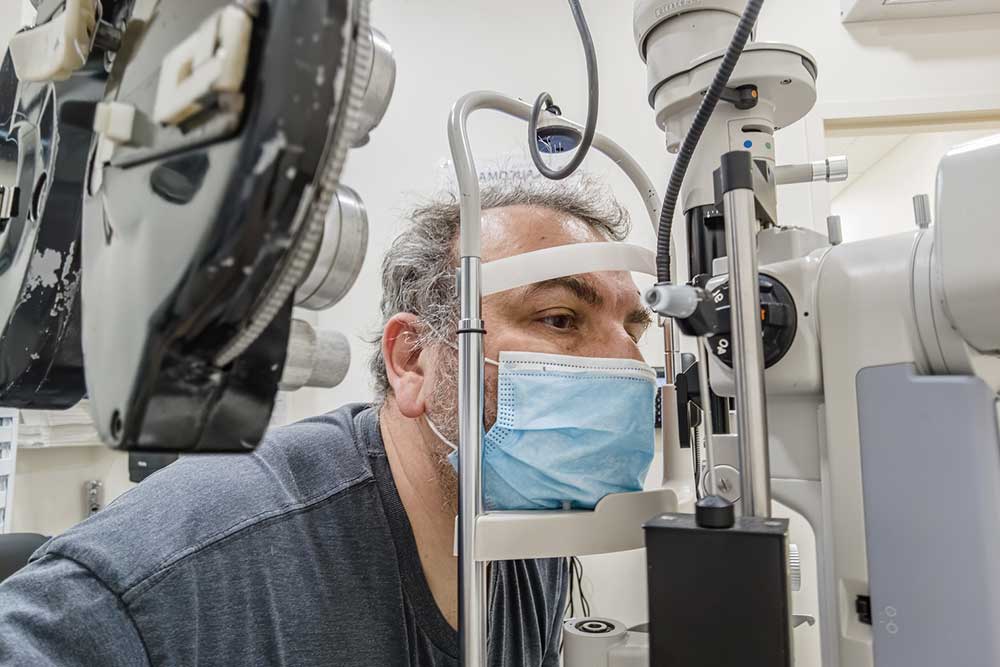
Essential Factors to Consider Before Opting for LASIK Eye Surgery
Choosing the right LASIK clinic has become more accessible, thanks to the proliferation of specialized eye centers across the country. Yet, because LASIK is a significant surgical procedure that involves precise technology and post-operative care, prospective patients need to carefully evaluate multiple critical aspects before committing. These include the procedure's costs, proximity to the clinic, the patient's overall health, and the expertise of the surgical team. Making informed decisions ensures safety and maximizes the chances of successful visual correction, leading to long-term satisfaction with the procedure.
Key Questions to Discuss with Your LASIK Surgeon
LASIK, or laser-assisted in-situ keratomileusis, is a widely used corrective eye surgery designed to improve visual acuity and reduce dependence on glasses or contact lenses. This procedure utilizes advanced laser technology to reshape the cornea, thereby correcting common refractive errors like astigmatism, myopia (nearsightedness), and hyperopia (farsightedness). Prior to surgery, patients should have comprehensive discussions with their surgeons to understand the process thoroughly. Asking detailed questions helps set realistic expectations and ensures preparedness for the surgery and recovery phases.
Underlying vision issues, such as irregular curvature of the cornea, often lead to refractive errors. To make an informed decision regarding LASIK, patients need to ask their ophthalmologists specific questions, including:
What visual improvements can I realistically expect after surgery?
How long will the recovery process take, and what should I anticipate during recovery?
What are the potential risks or complications associated with LASIK?
What is the total cost involved, including all pre- and post-operative care?
Factors That Impact LASIK Surgery Costs
Typically, LASIK prices range from approximately £1,200 to £4,000 per eye. The overall cost depends on several key factors that a patient should consider when choosing a clinic:
Technology used
Selected clinics equipped with the latest laser systems, such as wavefront-guided or bladeless LASIK, often entail higher fees due to superior precision and safety features, but they tend to offer better outcomes.
Location of the clinic
Urban areas like London or the South East generally have higher operational costs, leading to increased prices—typically averaging between £2,500 and £3,000 per eye—compared to clinics in rural or less densely populated regions.
Pre-operative evaluation procedures
Clinics with in-house optometrists or comprehensive eye labs may provide more cost-effective assessments, whereas clinics outsourcing these evaluations might include additional charges.
Post-operative care services
Additional services such as follow-up appointments, specialized eye drops, or protective lenses can add to the overall expense. Patients can sometimes reduce costs by opting for minimal post-procedure care, but this should be balanced with safety considerations.
Complexity and severity of the case
Patients with more complicated refractive issues or irregular corneal shapes may require advanced, customized procedures that are inherently more expensive. It’s essential to verify the specific type of LASIK recommended for your eye condition and confirm the associated costs in advance.
Typical Surgical Procedure and Recovery Insights
While the exact techniques may vary across clinics, the general LASIK process involves several precise steps. First, a comprehensive eye mapping is performed to generate detailed images of the corneal surface. This mapping guides the surgeon during the procedure, ensuring everything is tailored to your specific eye anatomy. The process begins with numbing drops to ensure patient comfort and involves creating a thin corneal flap, usually with a microkeratome or femtosecond laser, which is then carefully lifted. The laser reshapes the underlying corneal tissue to correct refractive errors, after which the flap is repositioned. Post-surgery, patients are typically fitted with protective lenses or shields to facilitate healing. Most procedures are completed within 15 to 30 minutes per eye. Recovery duration can vary, with initial vision stabilization happening within a few days, though complete stabilization can take up to three to six months. It is crucial to follow the surgeon’s post-operative instructions closely, attend scheduled follow-up visits, and report any unusual symptoms promptly to ensure optimal healing and long-term vision correction.
In summary, selecting a reputable clinic with experienced surgeons, advanced technology, and comprehensive care options is vital for achieving successful LASIK outcomes. Thorough pre-surgical evaluation, clear communication about expectations, and understanding the costs involved empower patients to make informed choices and enjoy the benefits of improved vision with minimal risks. LASIK can be a life-changing procedure when approached with due diligence and proper medical guidance.
